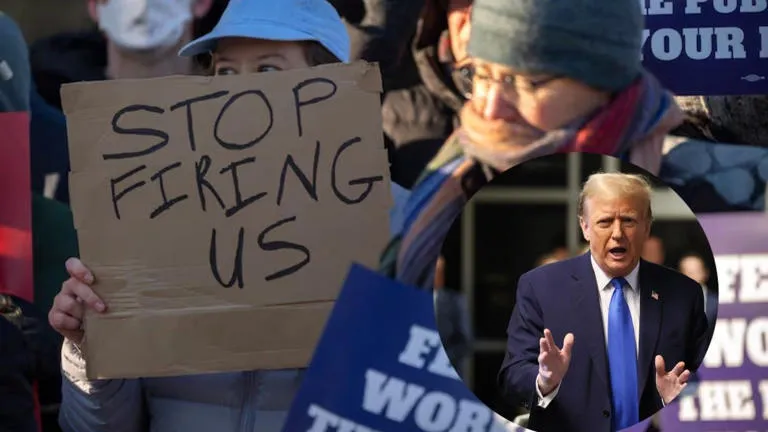
The mass layoff plan promoted by the Trump Administration, known as a “reduction in force,” has returned to the Supreme Court for a final decision. If approved, it would affect 22 government departments, resulting in the termination of thousands of federal employees. However, the consequences could extend far beyond the public sector, according with GoBankingRates.
An Impact Beyond the Federal Government
Although the layoffs focus on federal workers, their ripple effects could reach the broader U.S. labor market. According to employment experts, a significant contraction in the federal workforce could affect job stability, local economic systems, and public confidence.
“Substantial cuts in the federal workforce can generate impacts on job stability, consumer spending, and a widespread sense of insecurity in the job market”, warned Eric Kingsley, partner at Kingsley Szamet Employment Lawyers.
Immediate Effect: More Competition, Less Security
One direct consequence would be increased competition for private sector jobs, especially among skilled federal workers seeking new opportunities. This influx could push down entry-level wages, forcing experienced professionals to accept lower pay.
Currently, the average federal worker earns $106,382 annually, although many are paid less than their private-sector counterparts. In fact, according to Federal News Network, there is a 24.72% wage gap between the two sectors—potentially benefiting some federal employees transitioning into private roles.